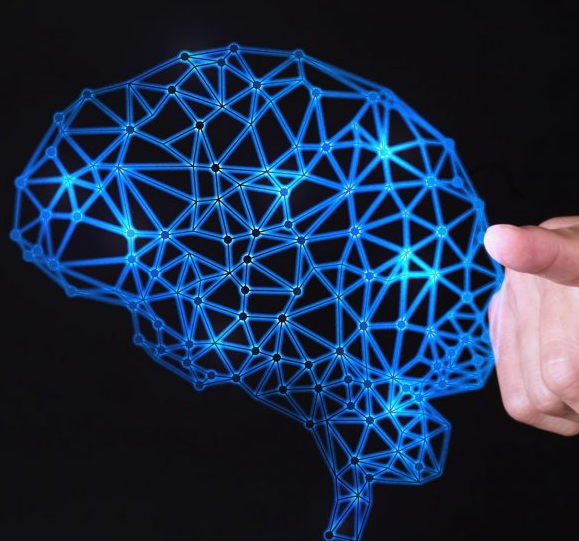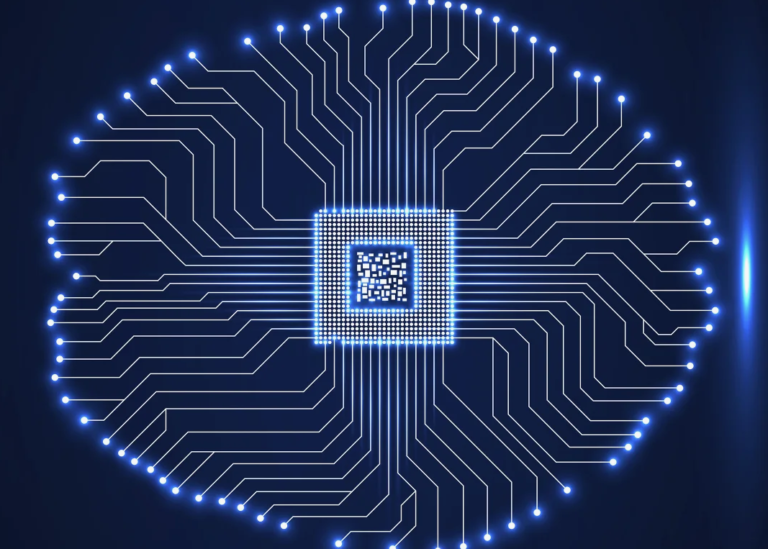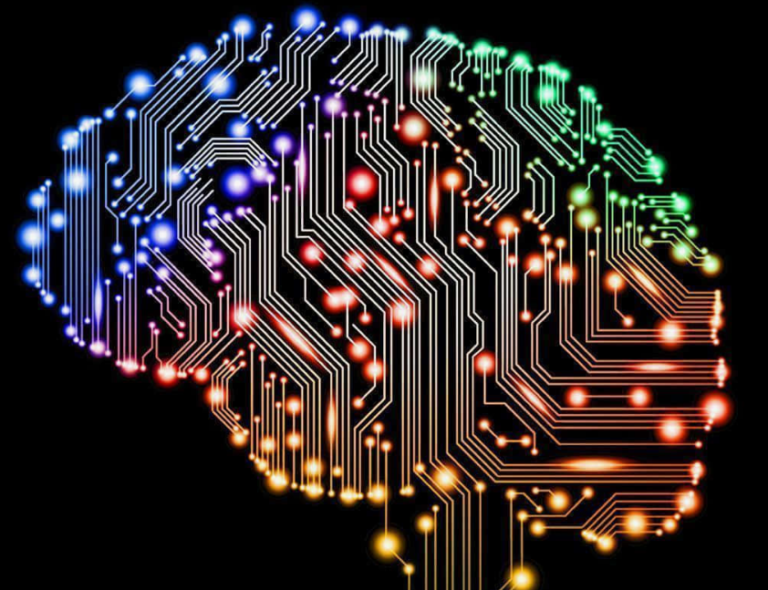Using AI to Make 3D Models
AI can be used to create 3D models by defining the problem, preprocessing data, selecting an algorithm, training, evaluating, testing, deploying, and monitoring the model. In the digital era, leveraging artificial intelligence (AI) technology has revolutionized the process of creating 3D models. By harnessing AI capabilities, businesses and individuals can streamline the model creation process, from defining the problem to deploying and maintaining the final product. This innovative approach involves gathering and preprocessing data, selecting suitable algorithms, training the model, and fine-tuning it for optimal performance.
Through AI-powered tools like 3DFY. ai and Meshy AI, users can generate intricate 3D models with ease, enhancing creativity and efficiency in various industries such as gaming, architecture, and design.
Using AI to Make 3D Models

Applications In Various Industries
Creating 3D models using AI technology has revolutionized various industries. This blog post explores the applications of AI in different sectors like architecture, gaming, animation, and medical imaging.
Architecture and Construction- Using AI to Make 3D Models
AI in architecture and construction enhances design accuracy and efficiency. It enables the automated creation of complex structures and optimizes building layouts. Additionally, AI streamlines the construction process by generating precise blueprints and conducting structural analysis.
Gaming and Animation- Using AI to Make 3D Models
Integration of AI in gaming and animation results in realistic 3D models and dynamic environments. AI algorithms empower game developers to enhance graphics, physics, and character animations. Moreover, AI facilitates the creation of immersive gaming experiences and streamlines the development of animated content.
Medical Imaging
In the field of medical imaging, AI improves diagnostic accuracy and patient care. By utilizing AI for 3D model reconstruction, medical professionals can visualize internal structures with precision. AI algorithms aid in identifying anomalies and assisting in surgical planning, leading to better treatment outcomes.
Challenges Faced AI 3d Model Generator
When creating 3D models using AI, data quality and quantity play a crucial role. The success of AI model generation heavily depends on the availability of high-quality and diverse datasets. Adequate data quantity ensures that the AI model comprehensively learns and represents various 3D structures. Additionally, ensuring data quality is essential to minimize errors and inaccuracies in the generated 3D models. Therefore, collecting and curating a large, diverse, and high-quality dataset is crucial for the effective functioning of AI 3D model generators.
Algorithm Complexity
Another significant challenge in AI 3D model generation is the complexity of algorithms. The process of creating 3D models using AI involves intricate algorithms that need to analyze, interpret, and generate 3D structures effectively. The complexity of these algorithms directly impacts the efficiency and accuracy of the model generation process. Ensuring that the AI algorithms are capable of handling the intricate details and complexities of 3D modeling is essential for producing high-quality and realistic 3D models. Therefore, addressing the algorithm complexity is a crucial aspect of overcoming the challenges faced by AI 3D model generators.
Advancements In AI Technology
Advancements in AI Technology have opened up new possibilities in various industries, including the creation of 3D models. With the help of machine learning algorithms and neural networks, AI can now generate realistic and detailed 3D models with minimal human intervention. In this blog post, we will explore the role of machine learning algorithms and neural networks in creating 3D models using AI.
Machine Learning Algorithms
Machine learning algorithms play a crucial role in creating 3D models using AI. These algorithms analyze large datasets and learn patterns and structures to generate accurate and realistic models. Here are some key points about machine learning algorithms in 3D modeling:
- Machine learning algorithms use mathematical and statistical techniques to analyze and process data.
- They can identify patterns and relationships in the data to generate 3D models.
- These algorithms can learn from large datasets, allowing them to create models with high levels of detail and accuracy.
- Examples of machine learning algorithms used in 3D modeling include decision trees, random forests, and support vector machines.
Neural Networks
Neural networks are another important component of AI technology in creating 3D models. These networks are designed to mimic the structure and function of the human brain, allowing them to learn and process complex data. Here are some key points about neural networks in 3D modeling:
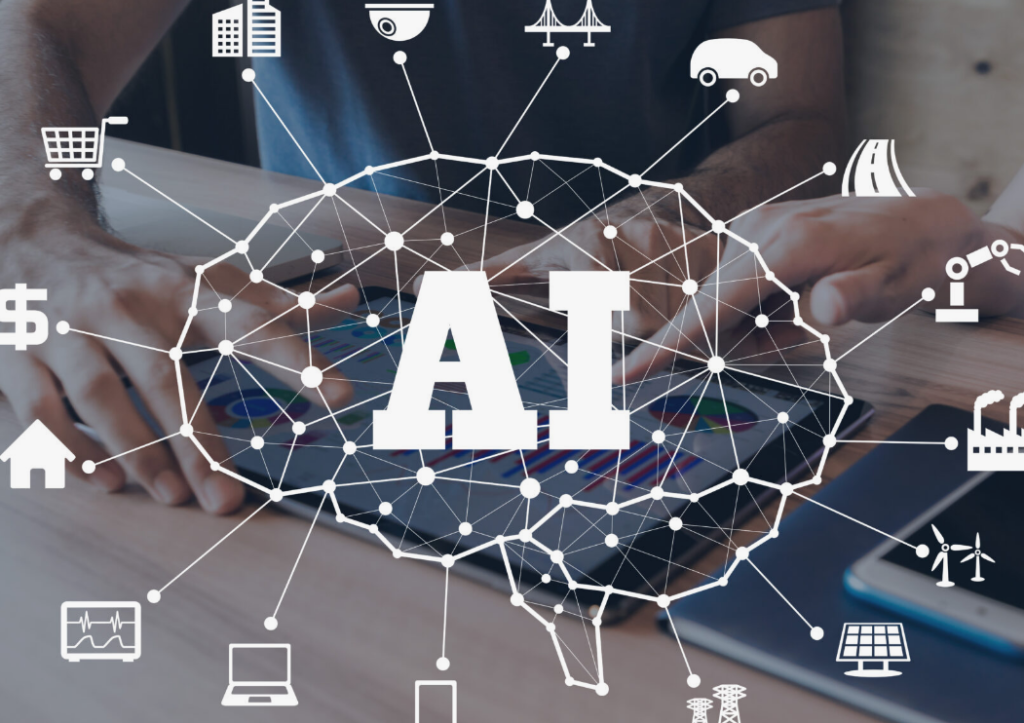
- Neural networks consist of interconnected nodes, or artificial neurons, that process and transmit information.
- They can learn from large datasets and make predictions based on the patterns and relationships they discover.
- Neural networks can generate 3D models by analyzing input data, such as images or point clouds, and learning the underlying structures.
- Deep learning, a subset of neural networks, is particularly effective in creating highly detailed and realistic 3D models.
Benefits of AI-generated 3d Models
3D modeling is an essential aspect of various industries, and the integration of AI technology has significantly revolutionized this field. In this blog post, we will explore the benefits of using AI to generate 3D models, focusing on its time and cost efficiency as well as enhanced accuracy and detail.
Time and Cost Efficiency
AI-generated 3D models have proven to be significantly more time and cost-efficient compared to traditional methods. By leveraging AI algorithms, the process of creating 3D models is streamlined, reducing the time required for manual labor and the associated costs. Moreover, AI facilitates automated optimization, which further enhances the overall efficiency of 3D model generation.
Enhanced Accuracy and Detail
One of the remarkable advantages of AI-generated 3D models is their enhanced accuracy and intricate detailing. AI algorithms can analyze and interpret complex data to produce highly precise and detailed 3D models, surpassing the capabilities of traditional modeling techniques. This results in realistic and visually appealing 3D representations that cater to diverse industry requirements.
Future Prospects Image To 3d Model AI
Creating 3-D models using AI technology opens up a world of possibilities, especially when it comes to Future Prospects Images to 3D Model AI. The integration of AI in this domain has revolutionized the way we perceive and interact with 3D models, paving the way for innovative applications across various industries.
Integration With Virtual Reality (VR)
The integration of AI in creating 3D models has a profound impact on Virtual Reality (VR) experiences. By leveraging AI algorithms, developers can enhance the realism and interactivity of VR environments, offering users a more immersive and engaging experience. Moreover, AI-powered 3D models can adapt to user interactions in real time, providing dynamic and personalized VR content.
AI-driven Customization
AI-driven customization is a game-changer in the realm of 3D modeling. With AI algorithms, users can tailor 3D models to their specific needs and preferences with unprecedented ease and precision. This level of customization not only enhances user satisfaction but also streamlines the design process, making it more efficient and cost-effective.
Ethical Considerations
Using AI to Make 3D Models – Ethical Considerations
Data Privacy Concerns
When using AI to make 3D models, data privacy concerns arise. The collection and use of personal data can raise ethical questions. Data privacy is a crucial aspect that needs to be addressed to ensure the protection of individuals’ information. Here are some key considerations:
- Transparency: Companies need to be transparent about the data they collect and how it is used.
- Consent: Obtaining explicit consent from users before collecting their data is essential.
- Anonymization: Anonymizing the data can help protect the privacy of individuals.
- Security: Implementing robust security measures to prevent unauthorized access or data breaches is vital.
- Data Minimization: Collecting only the necessary data and minimizing the collection of sensitive information is crucial.
By addressing these data privacy concerns, AI-driven 3D modeling can be conducted in an ethical manner that respects individuals’ privacy.
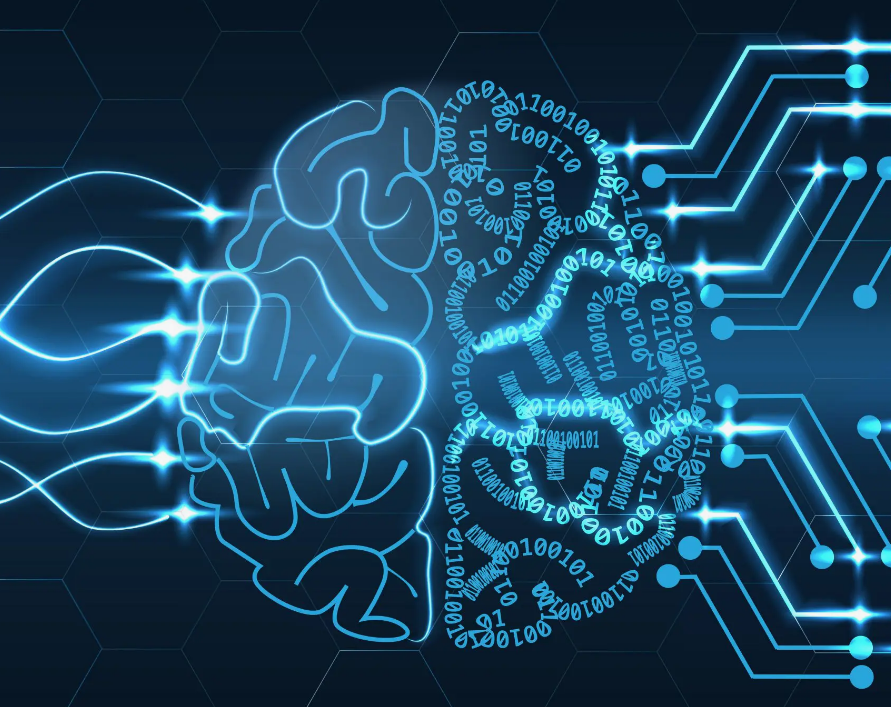
Bias In AI Algorithms
Another important ethical consideration when using AI to make 3D models is the potential for bias in AI algorithms. AI systems are trained on data, and if the training data is biased, it can lead to biased outcomes. Here are some points to consider:
- Data Bias: Bias can be present in the training data, reflecting existing societal biases and prejudices.
- Algorithm Bias: The design and implementation of AI algorithms can also introduce bias.
- Fairness and Diversity: Ensuring fairness and diversity in AI algorithms is crucial to avoid perpetuating discrimination.
- Regular Audits: Regularly auditing AI systems to identify and mitigate bias is necessary.
- Human Oversight: Incorporating human oversight in the AI modeling process can help address potential bias.
By actively addressing bias in AI algorithms, the ethical implications of using AI to make 3D models can be minimized, resulting in more inclusive and fair outcomes.
Conclusion
Using AI to make 3D models is a game-changer in the world of design and engineering. It simplifies the process, reduces the time and cost, and enhances the accuracy and quality of the models. By following the steps of defining the problem, gathering data, selecting the algorithm, training, evaluating, testing, deploying, monitoring, and maintaining the model, anyone can create a 3D model with AI. With various AI-powered tools like 3DFY. ai, Meshy, and Spline, the possibilities are endless. Embrace AI and take your 3D modeling skills to the next level.

